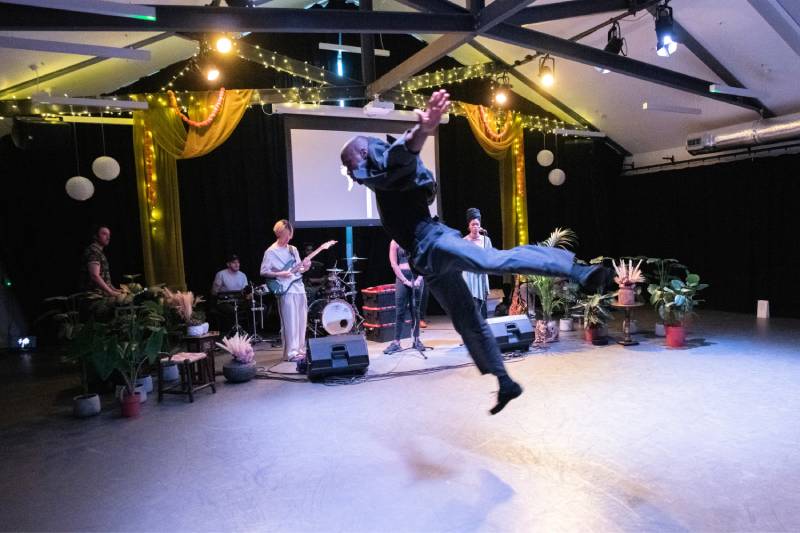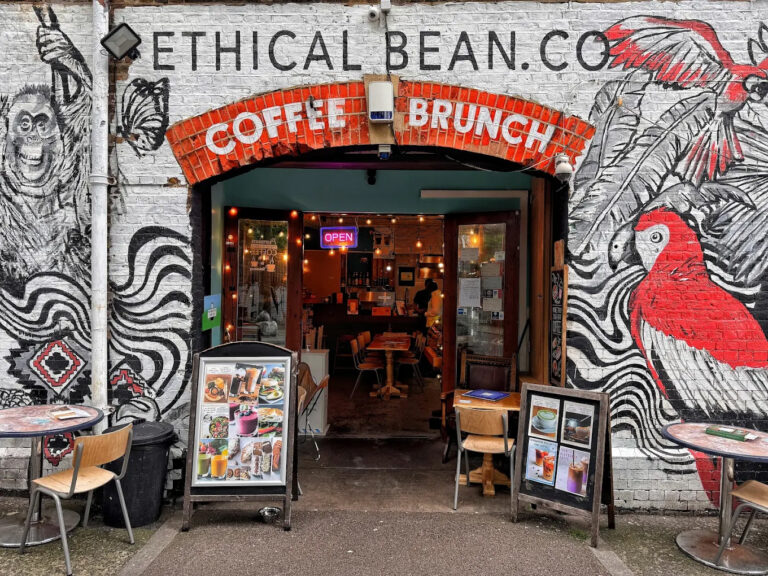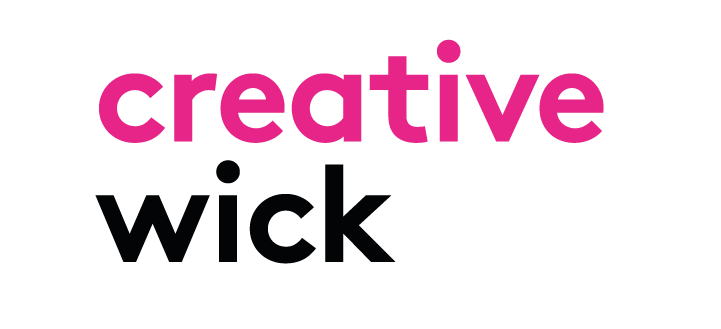
Review: Kokin – tuna meets fire at The Stratford
The new sushi restaurant now at the iconic skyscraper’s 7th floor and terrace
East London’s unplanned transformation into the city’s dance hotspot has been something to behold. As guest editor Jonzi D says in his intro, prior to the London 2012 Olympics we were bursting with home-grown talent, but with limited resources and spaces in which to showcase it all. When Mayor Sadiq Khan unveiled his £1.1bn vision for an assemblage of creative establishments along the East Bank in 2018, it set up East London’s role in nurturing the burgeoning groups of local dancers, with the likes of BBC Music, London College of Fashion, V&A and Sadler’s Wells setting anchor along the river, as well as funding and support going into the cluster of dance institutions that had persevered in the area over the years.
One such institution that has been part of the local redevelopment is Stratford-based charity, East London Dance. Established 33 years ago, they continue to administer change in their community. “Our mission has always been to celebrate dance and people that love dance in East London”, says Creative Director and Chief Executive, Kate Scanlan. “We’re a grassroots introduction to dance for children and young people and support local dance professionals with space and investment in their work.”
Previously based in Stratford Circus, the charity recently made a permanent move to The Talent House in Sugar House Island, with Sadiq Khan attending the charity’s joint opening with non-profit Black youth music supporters UD Music. The new home comes with more studio space, making the charity better able to deliver its programmes to a wider group. Classes encompass varying styles from Bollywood to hip hop.

They’ve recently launched a scheme where artists can hire empty studios for free: “they’re not always full, so rather than having studios sit empty, we’re developing relationships with artists,” says Kate. The team send out a weekly schedule of free studio availability, which would normally cost £400 a day. They also go out into the community, teaching in schools and using a pupil-referral programme. “We’re trying to reconnect with local people and artists and people that don’t know they love dance, who might discover that their kids would love to do dance.”
Nearby, Here East is now an immense media complex, home to several creative and technological hubs and one of London’s newest creative campuses: LMA (Love Media, Love Music, Love Arts). With a range of arts degrees for young creatives, courses include Dance Performance, Musical Theatre and Music Performance. It is also home to world-renowned dance company, Studio Wayne McGregor, brainchild of the multi award-winning choreographer and director. The campus, comprising of three state-of-the-art dance studios and multiple hireable spaces, offers programmes, projects and daily classes for students, dance graduates and professionals. They too have a FreeSpace programme for artists, who can give back to their local community by delivering a project or a class and sharing their skills.
Similarly, internationally acclaimed Sadler’s Wells now offers workshops, clubs and programmes. “We’re an organisation focused on dance and the future of dance, “says Sadler’s Wells Executive Director, Britannia Morton. “We present different styles from around the world and we’re constantly looking for new forms to present to the public. We try and keep ticket prices accessible to make sure everyone can come and enjoy what we do.”

Known for their globally recognised productions, the Islington-based organisation has proven itself a pillar in the dance community, offering programmes open to all. Their Company of Elders, for example, comprises of twenty non-professional dancers aged 60+, while Family Fridays workshops see children aged 2-4 and their carers dance together. With Sadler’s Wells East set to open on the East Bank in November 2023, the organisation plans to further implement opportunities to involve locals in dance, this time in Newham. The organisation hopes to become “part of the fabric of the place, and a resource for people,” says Britannia.
“We’re interested in lifelong participation in dance and making sure that the creative and well-being benefits of dance are made accessible to everybody.” The new branch is described as being more intimate in scale than Sadler’s Wells. “It doesn’t have tiers of seating, so you all feel like you’re in a room together, rather than a very big theatre.” Sadler’s Wells East will also include six dance studios to service their Hip Hop Academy (for dancers age 16-18) as well as new choreographic training, and the creation of new work. Plans are already in motion for the opening, as their new production, Our Mighty Groove, directed and choreographed by Vicki Igbokwe, will be kicking things off in the new year, giving the opportunity for young local dancers to join professionals onstage at the launch. “We want to have a programme in Stratford that showcases work that’s created locally, but also national work that needs that size of stage. Work that doesn’t really get to London or is presented in the wrong place.”


Dubbed ‘London’s building of the year’, English National Ballet’s new home, The Mulyran Centre for Dance opened in September 2019 at nearby London City Island, bringing training opportunities, accessible facilities and a new space for locals. The reputable charity
has expanded its local engagement, with workshops available to children from ages 3+, family dance workshops, Dance for Parkinson’s classes and their dance companies, ENBYouthCo (for ages 14-19) and ENBEldersCo (55+).
Their Ballet Futures: The Pipeline Project was introduced to encourage young dancers from Black, Brown, Asian and global majority backgrounds to participate in professional ballet training. Children between 8-12 can expect free weekly training at their local dance school, support towards shoes and school uniform and opportunities to work with ENB dancers. Their recent partnership with The Black British Ballet Project promises a celebration and documentation of Black dancers, their objective: to record and recognise historical moments and experiences of Black dancers, choreographers and artists in British ballet in the past century.

“In the last 10 years, a big change since the Olympics is that an organisation like ours could have our own building,” says Kate. “And that the GLA, the mayor’s office, the Arts Council, and various other trusts and foundations have invested in small organisations from East London. The Olympics has shown that there is a lot of untapped talent, a lot of richness and diversity of culture that need spaces. That is a real Olympic legacy; local people deserve these world class facilities.”
Funding and support has been pivotal in financing these organisations and projects, as has their openness to collaborating and their championing of each other. “Nobody’s competing. We’re all here to help each other succeed”, says Britannia.
If there’s anything we’ve learned in the last decade, it’s that given the chance, East London can encapsulate the true meaning of creativity. Its redevelopment speaks truth to the cultural bloom we are witnessing in real-time.


The new sushi restaurant now at the iconic skyscraper’s 7th floor and terrace

Exploring the health advantages of belonging to something bigger than ourselves

Your timely reminder to go visit these amazing restaurants, bars and cafes this summer while we wait for better bridge access…
A joint venture in collaborative local media from:


In partnership with

Regulated by IMRESSS, the Independent Monitor for the Press CIC.
For more info on our complaints policy, or to make a complaint, visit FAQ.
